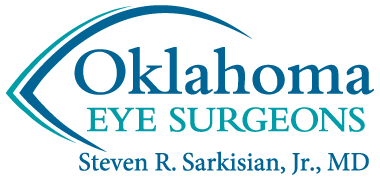How the Eye Works
Clear vision allows us to easily interact with and enjoy the world around us. To maintain high-quality vision, it is important to understand how the eye works and how subtle errors in eye shape or function may contribute to the need for vision correction.
Healthy Eye
Ideally, the eye focuses light entering through the cornea (eye's surface) and the lens onto the sensitive membrane at the back of the eye called the retina. From there, its sent on to the optic nerve and processed as a clear image. Common causes of blurred vision (‘refractive error’) generally involve the condition of the lens, the contour of the cornea, or the shape of the eye itself.
Nearsightedness (Myopia)
If the shape of the eye is too long, light rays focus in front of the retina instead of directly on it. This causes near objects to appear clearly while distant objects do not.
Farsightedness (Hyperopia)
If the eye’s shape is too short, light rays are forced to focus behind the retina instead of directly on it. Distant objects are seen clearly, while near objects are not.
Presbyopia
The eye’s lens flexes to focus on objects at near, intermediate, and far distances. As we age, the lens gradually loses flexibility, making it difficult to change focus from distance to close-up activities, such as reading. This condition called presbyopia typically begins to appear at around age 40 and affects nearly everyone.
Astigmatism
A healthy cornea has a uniformly rounded curvature, like the surface of a ball. With the most common type of astigmatism, the cornea has a more oval, oblong contour. This causes blurred vision because light passing the abnormal cornea tends to scatter and focus on more than one spot in the back of the eye. Astigmatism can occur alone or in combination with myopia and hyperopia.
Eye Diseases & Conditions
In addition to diagnosing and treating errors in eye shape, condition, or function, Dr. Sarkisian provides care for glaucoma, cataracts, and cornea conditions.
